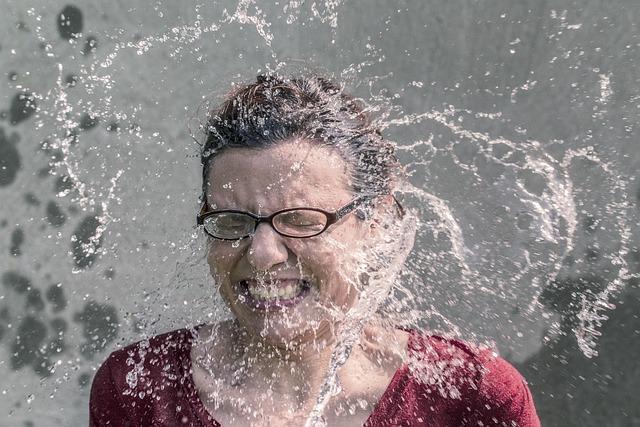Photography is often seen as a medium of capturing stillness—frozen in time. However, the true magic lies in the moments that evoke a reaction. Whether it’s a joyful laugh at a family gathering or the peaceful serenity of a sunset, the power of reaction in photography goes beyond mere visuals; it connects the viewer with an emotion that can be instantly recognized.
One of the most compelling aspects of photography is its ability to narrate stories through reactions. Each click of the camera can capture not just the subject, but the emotions intertwined with that moment. Imagine a child leaping into a fountain, arms raised high—can you feel the exhilaration? This is where composition becomes essential. By framing the subject with elements that enhance the scene’s narrative, photographers can draw attention to emotions, allowing viewers to react more profoundly.
When discussing reaction in photography, the optics of your camera play an invaluable role. High-quality lenses can capture minute details that otherwise would go unnoticed, lending depth to the emotions portrayed in an image. A zoom lens can allow you to compose shots from a distance, capturing candid reactions without intruding upon the moment. This intimate insight establishes a connection not only with the subject but also with anyone seeing the photograph.
Utilizing the principles of composition effectively can significantly enhance the way reactions are perceived. The ‘rule of thirds’ is a classic guideline; positioning the subject at an intersection point draws the viewer’s eye and adds dynamism to the photograph. This technique helps to create a visual hierarchy, emphasizing emotional reactions while ensuring that the background complements rather than distracts from the subject. The juxtaposition of colors, shadows, and light contributes tremendously, often evoking an immediate reaction from anyone who views the imagery.
Additionally, understanding the relationship between light and emotion can elevate your photography to new heights. For instance, golden hour—those precious moments just after sunrise or just before sunset—creates a warmth that can evoke nostalgia, joy, or tranquility. Photographers who harness this natural lighting often find that the emotional responses elicited by their images are more pronounced, resonating with audiences far and wide.
Furthermore, candid photography thrives on reaction. Capturing spontaneous moments, where the subject is unaware of the camera, often leads to the most genuine expressions. These authentic reactions can create a powerful connection, allowing viewers to feel as though they are a part of the scene, experiencing the emotion firsthand. Those candid images often provoke laughter, empathy, or even nostalgia, drawing viewers into the frame with a force that perfectly blends the art of photography with the magic of human experience.
Ultimately, the power of reaction in photography composition serves as a bridge between the viewer and the subject. By mastering composition techniques, paying attention to the intricacies of optics, and honing your instincts for capturing genuine moments, you can create photographs that resonate deeply with those who experience them. Every photo is more than just an image; it is a testament to the emotions that define our moments together in this world. Unlocking the potential of these reactions can transform a simple snapshot into a compelling visual narrative that speaks volumes.



